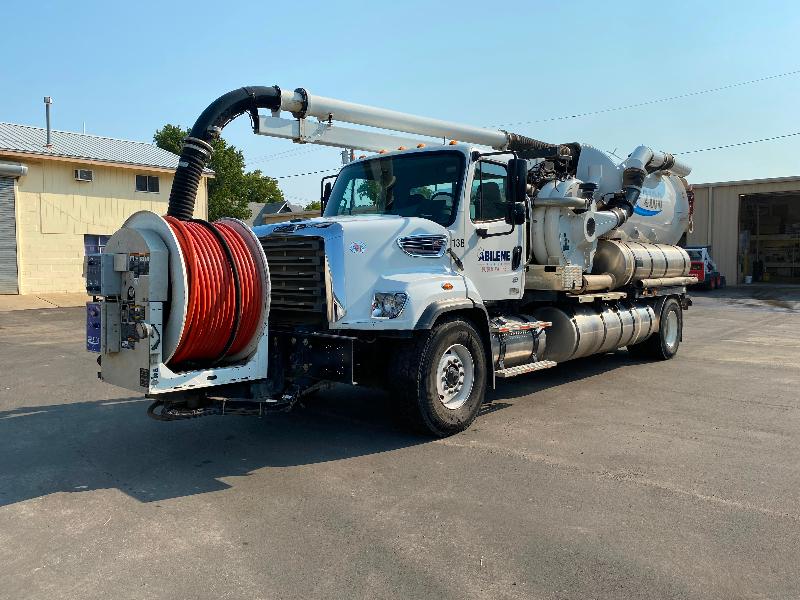Media Coverage

Retail's inventory glut means big business for liquidators
By Maria Monteros While some companies are suffering losses from excess inventory, others are making bank from it. Liquidity Services fall in the latter category. Liquidators, like Liquidity Services, often buy excess and returned merchandise from retail giants, which they then sell to resellers and regular consumers typically at a much lower price. As retailers' warehouses pile up with goods that are no longer seeing high demand, tapping liquidators is one of the methods retailers use to make room for other items. Several retailers have recently alerted investors and analysts that their inventory levels climbed as a result of supply chain delays as well as consumer spending shifting away from goods and more towards travel. Target said its product inventories were up 43% from the previous year, while Walmarts increased by 32%. Orders that can't be canceled or sold at a discount tend to make their way to liquidators - and thanks to this phenomenon, demand for the services liquidators offer has grown significantly, leading to new partnerships and growth. "We have certainly been growing. That's been going on through the pandemic and even accelerating after the pandemic," said JD Daunt, chief commercial officer for Liquidity Services. "We find ourselves, Liquidity Services, in a pretty privileged position." In its most recent earnings, Liquidity Services' revenue was up 11% year-over-year to $68.3 million.






